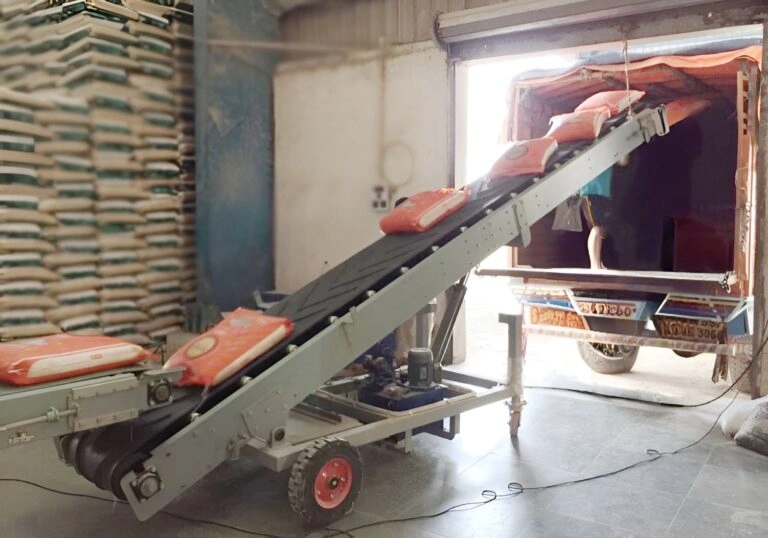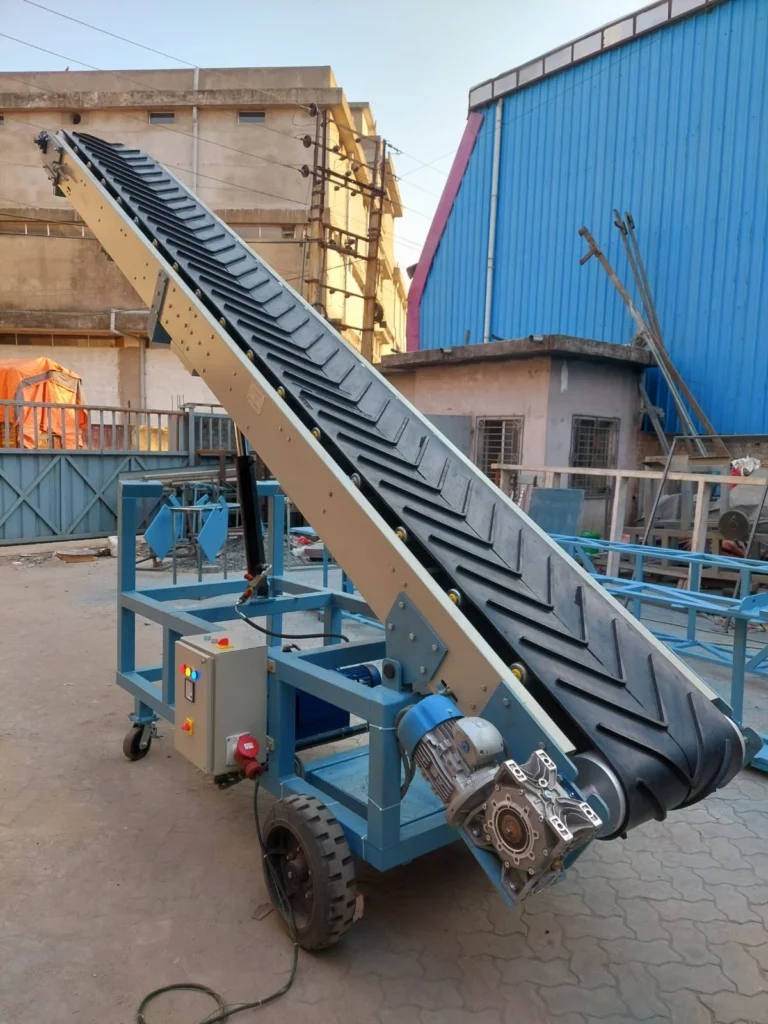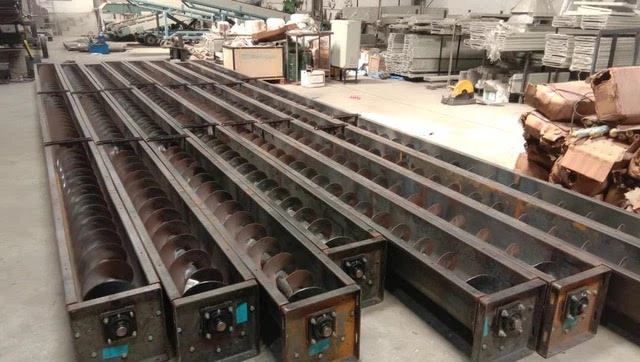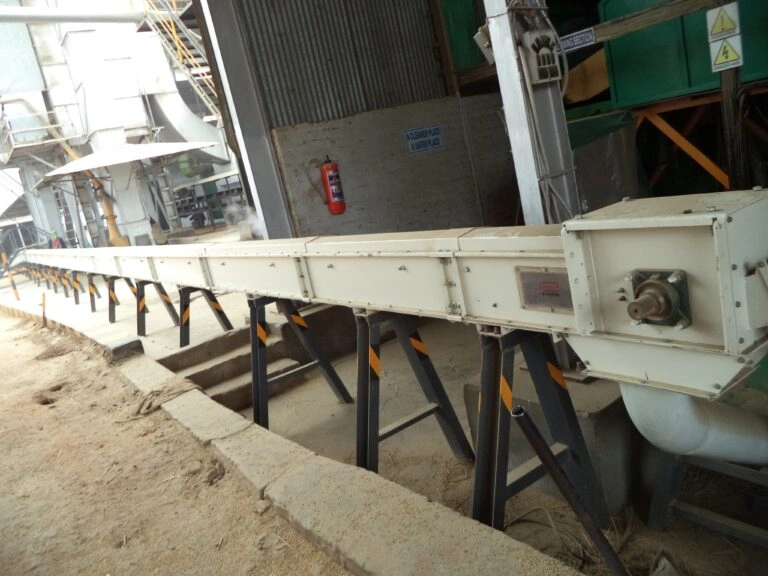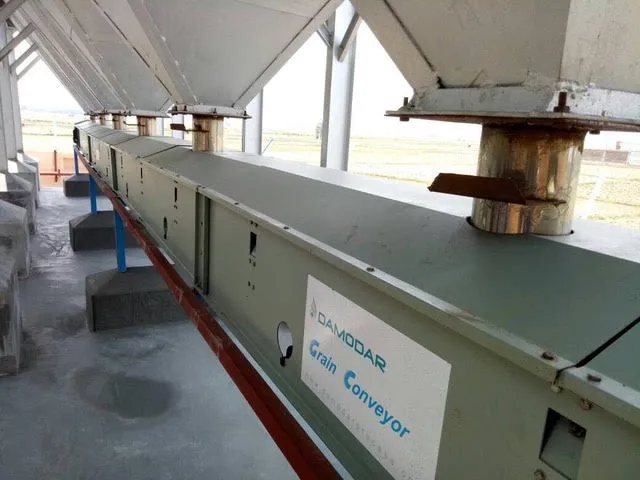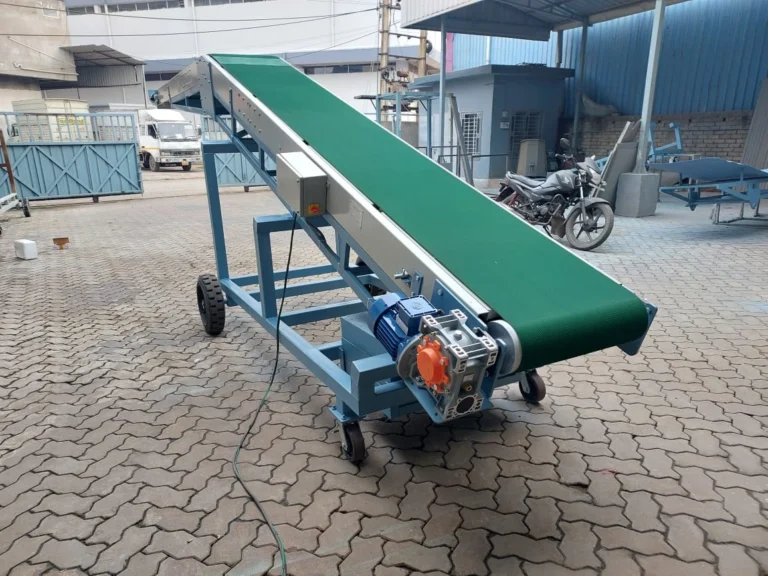Truck Loader Conveyor is transforming warehouse operations by drastically reducing loading and unloading times. Compared to manual methods, these conveyor systems can cut task durations by 60%, resulting in significant cost savings, improved productivity, and enhanced worker safety.
 The Shift from Manual to Conveyor-Based Loading
The Shift from Manual to Conveyor-Based Loading
Manual loading processes are time-consuming and labor-intensive. Typically, loading 1,000 boxes manually may require 4-5 workers and up to 3 hours. This method also comes with physical strain and a high risk of back injuries among workers. On the other hand, truck loader conveyor enables the same task to be completed by just 2 workers within 30-45 minutes.
Injury and Fatigue Reduction
Manual loading involves repetitive lifting and carrying of heavy items, contributing to a high rate of musculoskeletal injuries. Conveyor systems significantly reduce this physical burden. Workers only need to place items onto the conveyor belt, avoiding the excessive walking, lifting, and twisting motions that often lead to fatigue and injury.
 Efficiency at Scale
Efficiency at Scale
With truck loader conveyors, companies report up to 50% savings in labor costs, and up to 70% reductions in product damage. As operations scale, the time and labor saved per truckload compound, making a substantial impact on overall warehouse efficiency.
Case Example: Labor Hour Comparison
A 40-foot container that would normally require six workers and 4.5 hours to unload manually can be emptied in just 1.5 hours with two workers using a conveyor. This change reduces labor hours from 27 to 3 per container—an 89% efficiency gain.
Consistency in Performance
Unlike human labor, conveyor systems do not experience fatigue. Throughout long shifts, conveyors maintain consistent throughput levels, eliminating the productivity slump typically seen in the afternoon hours. This stability ensures reliable operations and throughput across multiple shifts.
Types of Truck Loader Conveyor
Different conveyor types serve various needs:
- Telescopic Belt Conveyors: Extendable, high-speed systems that adjust length as needed. Operate at speeds of 10-40 meters/minute.
- Hydraulic Conveyors: Offer elevation adjustment from ground level to truck beds. Ideal for operations with diverse loading height requirements.
- Powered Roller Conveyors: Suitable for heavy-duty loads. Offer consistent, energy-efficient operation.
Return on Investment (ROI)
Despite initial costs, Truck loader conveyor typically delivers ROI within 10-12 months. Many companies report labor cost savings of up to $6,000 weekly. The decrease in injuries further reduces medical costs, compensation claims, and lost productivity.
 Implementation and Maintenance
Implementation and Maintenance
Installing a truck loading conveyor takes only 1-2 days, minimizing disruption. Monthly maintenance involves simple tasks like checking belt tension, lubricating moving parts, and inspecting electrical systems. These straightforward routines ensure long-term performance.
Conclusion
Portable Truck loading conveyor deliver undeniable benefits: 60% faster loading/unloading, 70-85% fewer injuries, and up to 40% more containers handled daily. With quick installation, manageable maintenance, and clear cost savings, these systems represent a smart investment for any warehouse seeking efficiency and long-term ROI.

-
Contact us (+91 9674745952) today to request a free consultation or quote.

